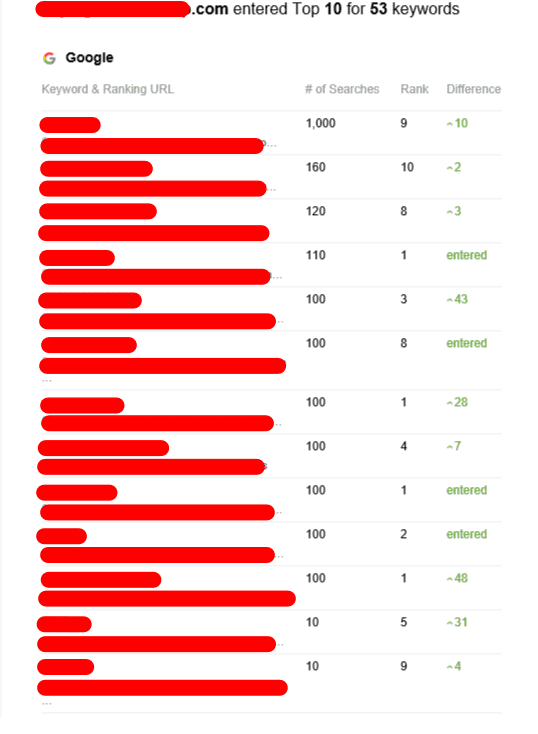Tiered Backlinks Service
Backlinks with varying levels of importance are an important tool in any SEO campaign. They can help you build an impressive backlink profile without attracting search engine penalties. However, it's crucial to know how to use them effectively.
Tier two backlinks are typically from sources that are moderately trustworthy such as blogs, directories and article networks. The emphasis is on relevancy and quality takes a backseat to quantity at this stage.
First Tier
Tiered link building is an SEO strategy that assists in create a high-quality profile of backlinks for your website. It does this by replicating what happens when authoritative content is spread across the internet. This is accomplished by using a network of pages that endorse a main resource and then directing their link juice to a promoted page. This method allows you to create a lot of links without damaging the quality of the content on your website.
Tier 1 links are the top quality links that come from a company that provides different levels of backlinks. They should only be placed on reliable websites that are relevant to your niche. They should also be able to boast high authority on the domain. This is the most important part of your tiered linking campaign and can be difficult. Tools like Moz, Ahrefs, SEMrush or Loganix DA Checker to verify the domain credibility of potential donors for your Tier 1 links.
The next step in tiered link creation is Tier 2. Tier 2 links are less effective than those in Tier 1 However, they can help boost your search engine rankings. You can make use of blog comments, forum posts, and wikis to create Tier 2 links. This method should only be used if it's not in violation of rules. Also, avoid automating.
Second Tier
Tiered link building is an excellent way to improve the quality of your backlink profile without putting yourself at risk of search engine penalties. However, it can be a huge time drain. Tiered link building strategies involve linking to multiple pages on a website, which requires a lot of work. It could take months for a tiered campaign to yield results. This is because PageRank requires a long period of time before it is passed to the final web page.
The first tier should consist up of dofollow, high-quality links that are from relevant sites with an excellent Domain Authority (DA). This is where the value of having a tiered backlink is. It is essential to use a reputable domain authority checker such as Moz, Ahrefs, SEMrush, or Loganix to verify the authority of your tier one backlinks.
For the second level it is necessary to acquire links from third-party sources that are closely related to your topic. This could include social media profiles or non-spammed questions and answer websites or blog networks. Some SEO professionals even make use of automated link building tools for this purpose.
It is important that the links you obtain for your Tier 2 should appear natural. According to Google's Webmaster Guidelines, if a link appears artificial it could be flagged as spam and penalized accordingly. This could result in drastic decreases in rankings or issuance of manual action by Google's human reviewers.

Third Tier
Tiered link building is a great method to boost the credibility of your site. It allows you to make the gains from low-quality backlinks, while reducing the chance of being penalized by search engines. This method improves the effectiveness of your SEO efforts since it allows you to obtain links at less. However, tiered link building isn't without its disadvantages. It is risky to use too many links that are of poor quality or do not relate to your website. It is essential to not overdo the quantity of tier links since Google could penalize your website.
Tier 2 links are typically less authoritative than tier 1 backlinks. They are intended to boost the authority of domains on original backlinks. They can be found in forums, blog comments and wikis, as as other web 2.0 sources. This kind of backlinks are often referred to as "pumping levels." However it is important to ensure that your tier 2 links are high-quality and relevant.
Google could take manual action if you utilize too many automated tools for Tier 3 link building. Many optimizers automate the creation of Tier 3 links by using GSA, Xrumer and ZennoPoster. Tier 3 links must be built from credible websites and reputable niches. If they are not, Google will detect them as part of a link scheme and may sanction the site.
Fourth Tier
Tiered link building is a method to create links that boost the authority of your site and boost its SEO rankings. It is crucial to be careful when using this method to ensure that you do not violate Google's guidelines. If you build tier 3 backlinks on sites that are not of high quality or have a poor reputation, for example, this can result in your website losing rankings. If you're acquiring links at a rapid rate, Google may also penalize your website.
To avoid this, focus on creating a variety of tier one backlinks that come from reputable sources. For example, you can include first-tier links in guest blogs, link roundups, and article directories. You can also make use of Tier 2 links to improve your backlinks from tier one. Tier two links are usually more reliable than those in tier three.
It's important to keep in mind that building tiered links requires lots of effort and money. You'll have to pay for automated tools and content writers, for instance. In addition, you'll need to monitor all of the different levels to ensure that your campaign is consistent and effective. If you don't have the time or funds to devote to this strategy, then it's best to outsource it to the company that specializes in tiered linking building.
